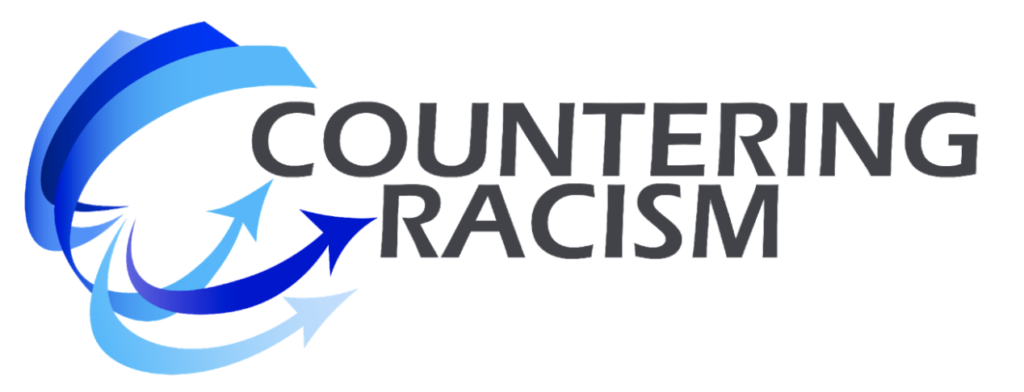#1 Being an Anti-Racist - Intro
There is a lot of conversation about the difference between a White person “not being a racist” and “being an anti-racist.” It’s an important distinction because if we are not actively anti-racists, we are part of the problem.
The Three Possible Identities
As White people there are three identities or postures that we can take. We can’t not choose. This may be an over-simplification, but not by much.
#1 “I am a racist”
Believes in and actively supports, encourages, and fights to preserve racism. Racists are on the field of play working for racism to win.
#2 “I am not a racist”
Believes that racism is wrong, does not actively support racism, but does not act significantly to counter racism. The result is that this group is on the sidelines passively supporting racism.
#3 “I am an anti-racist”
Believes that racism is wrong and acts strongly and consistently to counter racism. This group is on the field of play working to defeat racism.
Who is on the Field of Play
The importance of choosing which group to be in is clear when we look at the field of play. Two of the groups are on the field and in conflict. The third group (“I am not a racist”) is on the sidelines, but has a major impact because it does not counter racism.
- Two groups sustain racism – “I am a racist” and “I am not a racist.”
- Only one group counters racism – “I am an anti-racist.”
- There is no neutral ground
“The time is always right to do what is right”
Martin Luther King, Jr.
These Identities are Not “Fixed” – They Can Evolve
Because racism is such an embedded dynamic in American life, most of us have been born into a world that started us off in the “I am a racist” or “I am not a racist” groups. We didn’t choose our initial group and most of us weren’t even conscious of it for years.
The challenge now is to take the responsibility and move into the “I am an anti-racist” posture. To commit to targeted sustained action to match the complexity and difficulty of countering racism. This is a matter of letting go of any denial, guilt or shame and taking on personal responsibility and power. That’s a deceptively tricky challenge. The tougher challenge is to move out of the “I am a racist” group, but the heart of that challenge is the same.
Evolving from “I am not a Racist” or from “I am a Racist”
There are a few steps that we can take to move rapidly to the desired group and identity.
#1 Become aware of and accept being caught in the grasp of our current group.
This is the initial challenge to overcome denial and replace any guilt or shame with a sense of personal power and responsibility.
#2 Act – Get Outside Our Comfort Zones.
The combination of awareness and action is the key. Not much will change if we are acting within our White comfort zones. It is almost inevitable that we will retreat into our comfort zones, but we need to keep pushing out.
#3 “Learn the Way.”
This is more “learning on the fly” than “learning as preparation for action.” The vast majority of White people bring plenty of characteristics and competencies to the challenge. We can certainly deepen many of our characteristics and develop new competencies, but that needs to happen on the field – not on the sidelines. The tough part is pushing through the uncertainty and dealing with the inevitable frustrations and setbacks. But that’s always the tough part of doing new things worth doing.
#4 Connect with Others.
This is far more important than it might sound, for two reasons. First, most of the work in countering racism, particularly structural racism, must be done in groups (sometimes very large groups). Second, if we are taking risks and operating outside our comfort zones and committing time and energy, we will need support. Countering racism is a team sport.
